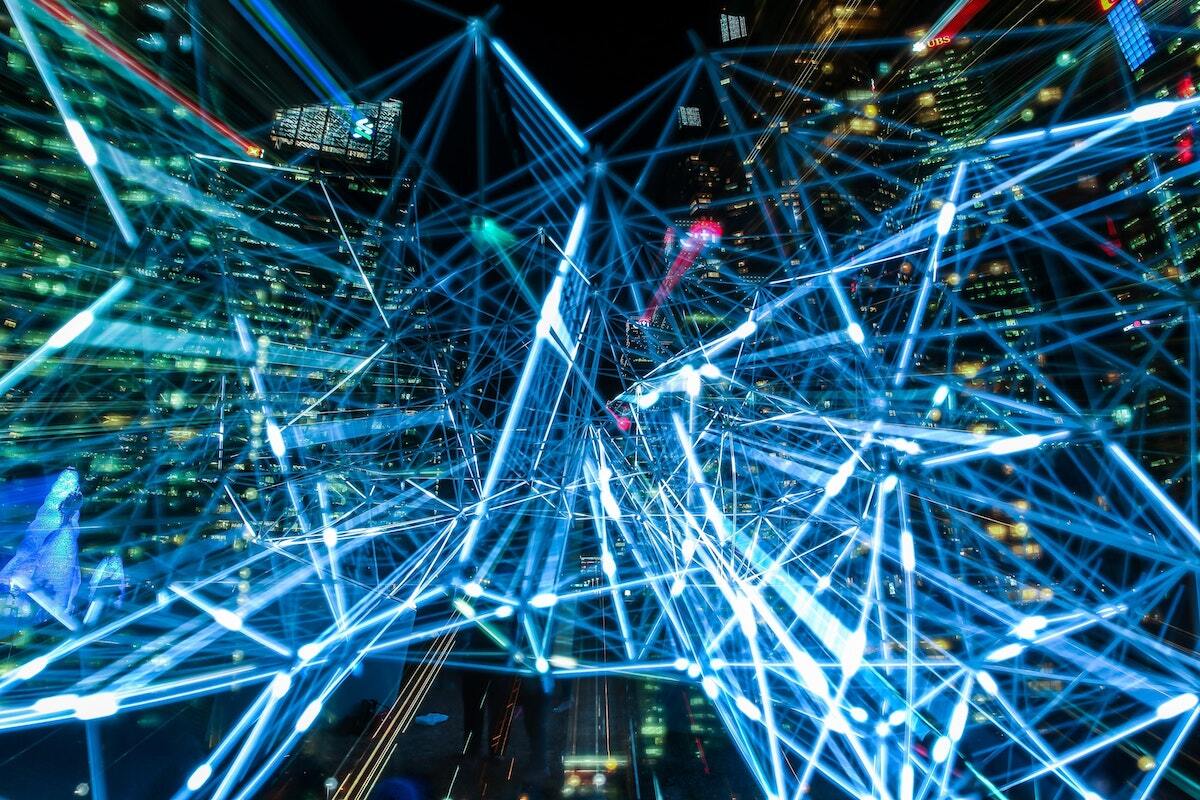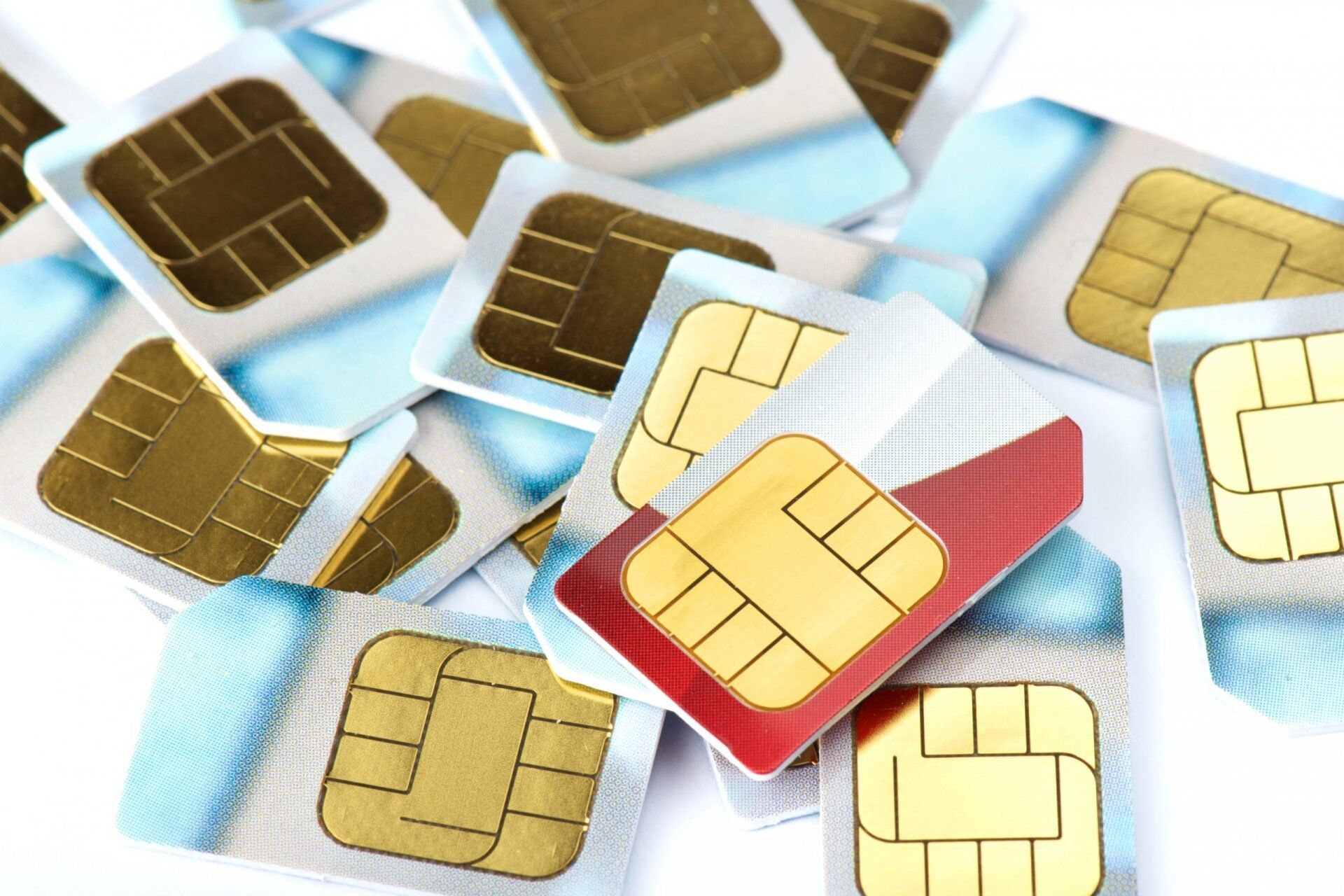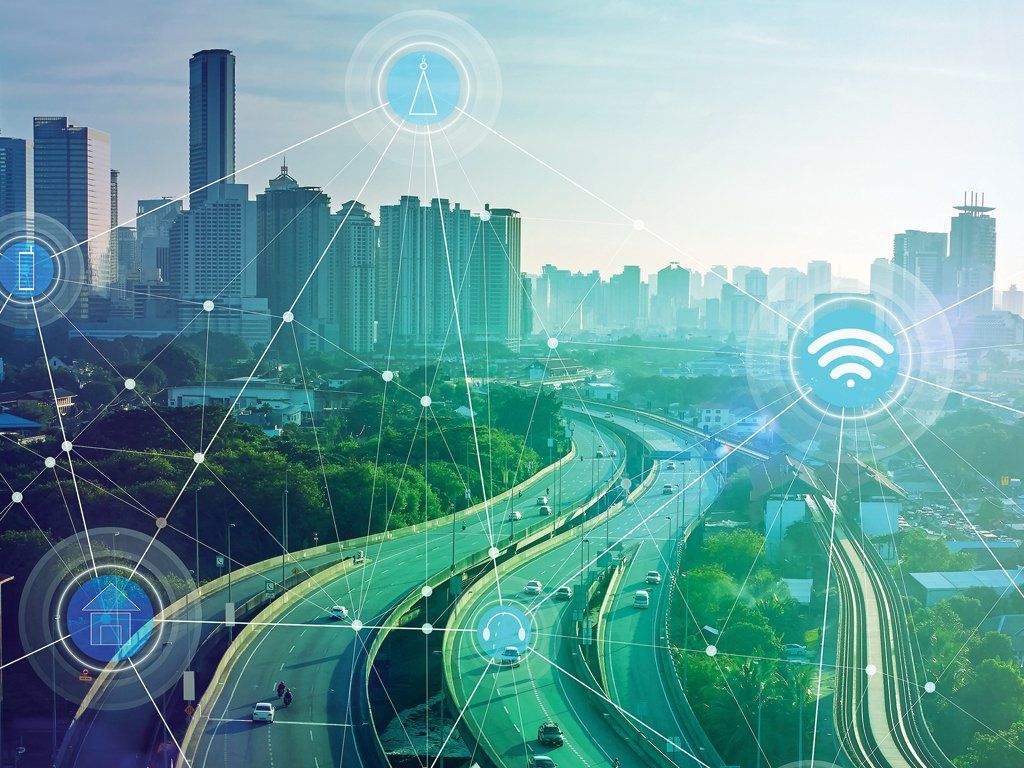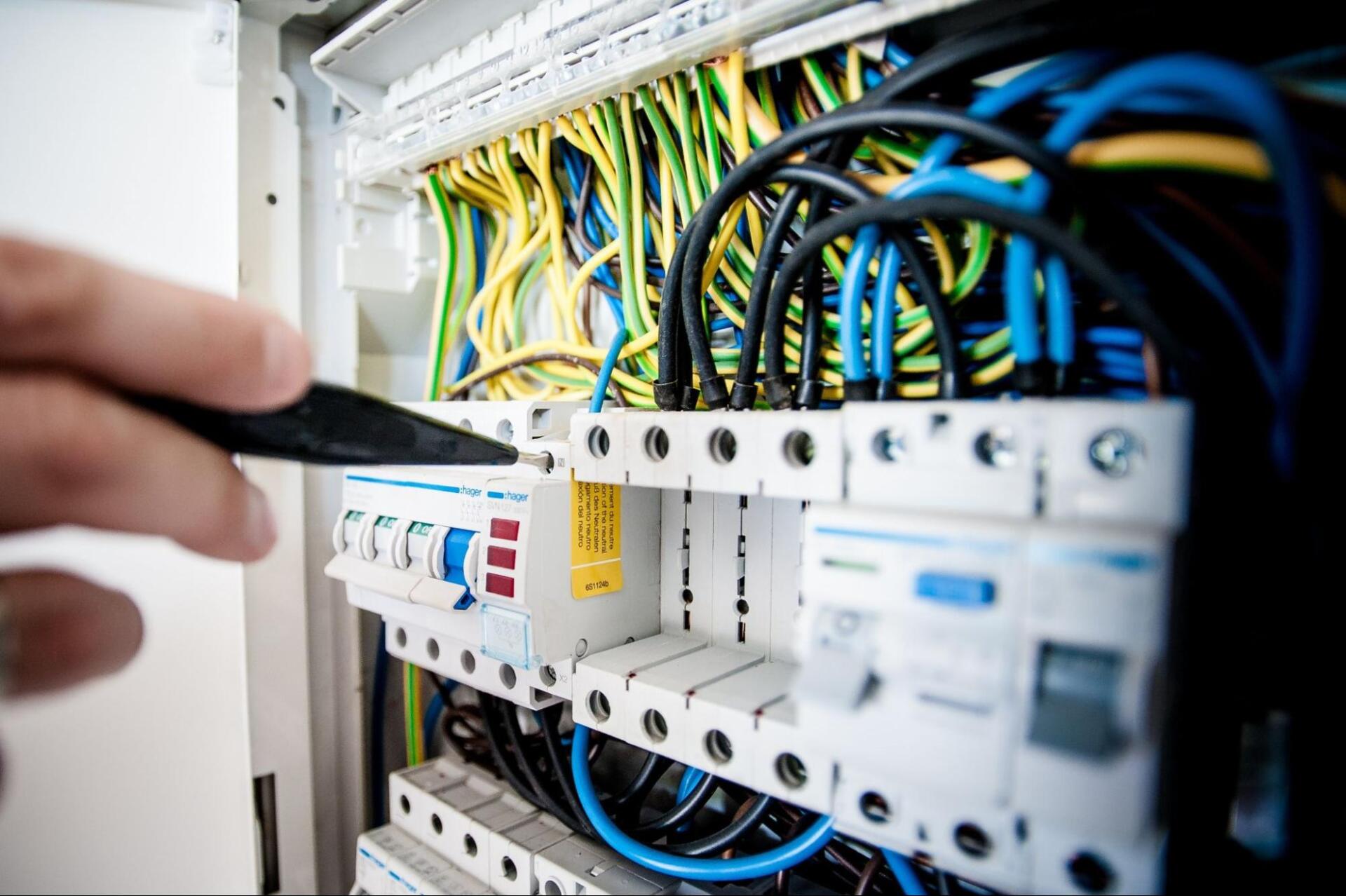Has Covid-19 Accelerated the Development of The IoT?
You don’t need us to tell you that Covid-19 has been disastrous for many areas of business. Across sectors, those that have managed to hang on, have done so through rapid adaptation. In March 2020, new ways of working needed to be onboarded, practically overnight. And in the intervening ten months of almost continual disruption, contingencies have been explored from every angle, with new processes, new tech, and new working practices being adopted everywhere.
Amidst all this change, the Internet of Things (IoT) has cemented its place. Powering remote working, and adding a layer of adaptability to businesses that may otherwise have had little thought of digital integration for many years to come.
But has the pandemic accelerated the development of the IoT as well as its uptake? And where has it been of benefit?
How has Covid-19 increased IoT uptake?
According to the Twilio COVID-19 Digital Engagement Report, the pandemic accelerated digital communications strategies by an average of 6 years globally, and 5.3 years within the UK. With 96% of UK enterprise decision makers believing that the pandemic sped up their company’s digital transformation.
The reasons for this were varied. Of course, necessity drove many decisions. But other stated factors included an increase in available digital budget, faster executive decision making, greater availability of time, and an increased focus on strategy.
Together, these elements have led masses of businesses to invest in digital transformation, implementing schemes that would previously have taken months or years in just a few short weeks. And the digital transformation continues.
So, with IoT adoption quickening, how has it evolved in the last year? And where has it been used?
How has the IoT evolved since the onset of the pandemic?
There are three key areas in which the IoT has advanced.
Application
Largely due to demand, there has been a real focus on IoT enabled devices in the last year. The pandemic has revealed the potential for further IoT application across sectors, from healthcare and track and trace systems, to digital retail enhancement. And developers have responded with a significant influx of new devices and applications.
Cost
Because demand has increased, the cost of IoT devices has markedly fallen. As with almost all sectors, the greater the market, the greater the opportunity – and need – for competitive cost reduction.
Size
Not so long ago, a smart sensor for building management would have been a fairly hefty piece of kit. Today, you can purchase sensors that are little bigger than a single key from a laptop keyboard. And with M2M SIM to power them, there is no need for a largescale connectivity infrastructure, saving businesses both space and money.
Where is the IoT being used now?
The simple answer to that question is, ‘everywhere’. There is hardly a sector now, where the IoT is not being employed in some way. Manufacturing and industrial settings are probably still the greatest beneficiaries of IoT tech, with transport and logistics following closely behind. But the pandemic has pushed other sectors into exploring the possibilities of digital transformation.
- Healthcare – From the development of e-health services to remote air pollution monitoring and control, the IoT is enabling a healthcare revolution. And with the ongoing development of Covid-related technology – access point fever sensors, social distancing monitoring equipment – this is likely to continue.
- Retail – The IoT has been employed by the large retailers for a while now, working to gather and effectively use customer data. With the pandemic, the emphasis has moved into using the IoT to improve digital services and further integrate them with bricks and mortar stores.
- Smart city management – Pollution, security, traffic management, people management, facility tracking. These are all within the reach of the smart city, and can be done, safely, from a distance. With a continued emphasis on sustainability, more cities are adopting this tech.
- Building management – Again on the subject of sustainability. With IoT tech, building administrators can monitor and manage energy consumption, reducing costs and emissions while workplaces are not being used, and helping to create a healthy working environment when they are.
- Supply chain – Asset tracking, inventory monitoring, condition monitoring, storage management, and ordering. As the pandemic has called for the reduction in the movement of people, so the need for technical transformation has intensified.
2020 was a year of change for most businesses. So far, 2021 has shown that the need to adapt and evolve remains equally pressing. The Internet of Things is providing an important resource in that evolution. M2M SIM cards are providing the fast, reliable, affordable connectivity that makes this progression possible.
To find out more about how M2M SIM can support your business, please contact Better M2M today.










